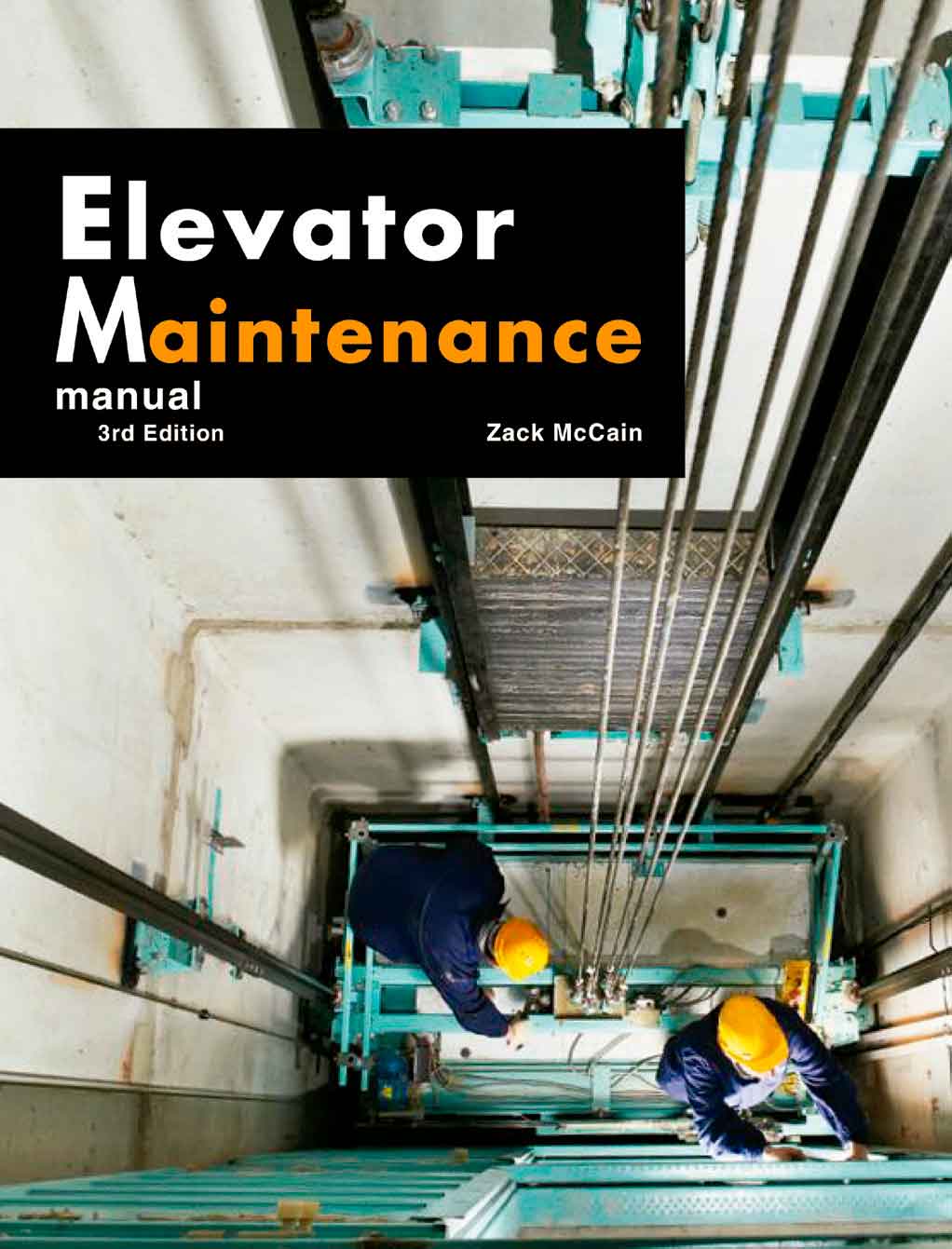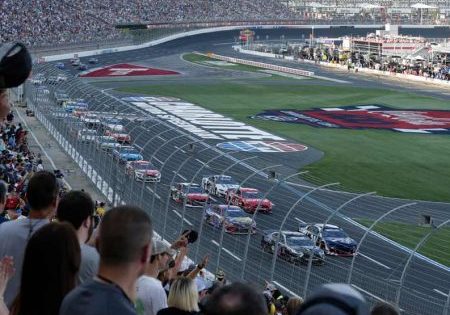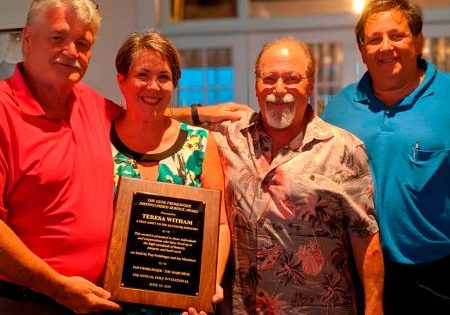New release updates well-regarded manual to the 2016 North American codes.
The recently released third edition of the ever-popular Elevator Maintenance Manual by Zack McCain now includes code tolerance for compliance with ASME A17.1/CSA B44 and ASME A17.3. ASME A17.6 is also now referenced in updated information on suspension means, and other references have been updated to reflect A17.1-2016/B44-16 where relevant.
Other changes include additional information on maintenance control program requirements; a discussion on the differences between maintenance, repair and service calls; and information on required onsite records and instructions, including written documentation. Instructions on lubrication and its application have been expanded, as have those on the selection of drill bits and extractors. Fastening (bolting) practices are expounded upon and now include information on the proper use of tools. Discussion, identification and maintenance of Safety Integrity Level devices has been added, and the A17.1/CSA B44 requirement for ascending car and unintended movement requirements is discussed.
Intended for those responsible for the maintenance of elevator equipment, the manual has the goal of helping the maintenance mechanic provide safe, reliable elevator equipment. It is not intended as a replacement for equipment manufacturers’ manuals and
service bulletins. It should be used for guidance and aid in understanding the requirements and manufacturers’ instructions. It does not give detailed, step-by-step procedures for replacement, adjustment or settings for the many models and manufacturers of elevators and escalators, but it does provide information useful in understanding maintenance requirements. Where general guidelines, specifications and tolerances are given, they are intended as guidance to aid in understanding and examination.
The 272-page spiral-bound book focuses on proper preventive maintenance as the key to maintaining tolerances for equipment safety. The goal of preventive maintenance is to minimize accidents and failures and maximize equipment life. McCain says a maintenance plan must be developed for each unit so proper preventive maintenance can be assured. Also, while many units may have similar maintenance plans, there must be a specific plan for each unit. Likewise, the maintenance plan must be revised and updated as equipment ages, the environment changes, or equipment usage changes. New maintenance techniques and materials may also affect the maintenance plan. In addition to maintenance sections, topics are grouped into chapters on electric elevators, hydraulic elevators, escalators and public relations. The book is available at elevatorbooks.com by itself and as part of training and continuing-education courses.
About the Author
Zack McCain is a registered professional engineer in Oklahoma. He is a fellow of the American Society of Mechanical Engineers (ASME) and certified QEI. He has been a member of the ASME/ANSI QEI-1 standards for the Qualification of Elevator Inspectors since its inception in 1982. He is the 1995 recipient of the ASME Safety Codes and Standards Medal and has served as course director and instructor on numerous courses for ASME. He has had several articles published in ELEVATOR WORLD and written several industry books and other educational material. In addition to the subjects of this article, his work includes Elevators 101, the Maintenance Field Handbook and several Certified Elevator Technician (CET®) coursebooks. McCain holds a BS in Mechanical Engineering from Lamar State College of Technology (Lamar University) in Beaumont, Texas.
McCain’s Inspection Handbook
Also available at elevatorbooks.com, the just- released seventh edition of the Inspection Handbook by Zack McCain is a complete revision that references code changes through the ASME A17.1-2019/CSA B44-19 Safety Code for Elevators and Escalators and ASME A17.3-2015 Safety Code for Existing Elevators and Escalators. Several drawings and charts have been revised. It is intended as a convenient field reference for the experienced, knowledgeable elevator inspector who is qualified in compliance with ASME QEI-1. It is not a replacement for a code or inspectors’ guide; rather, it is a quick reference to locate code rules/requirements in the applicable edition. References to the code are made to A17.1/B44, the ASME A17.2-2017 Guide for Inspection of Elevators, Escalators and Moving Walks and A17.3.
Get more of Elevator World. Sign up for our free e-newsletter.










